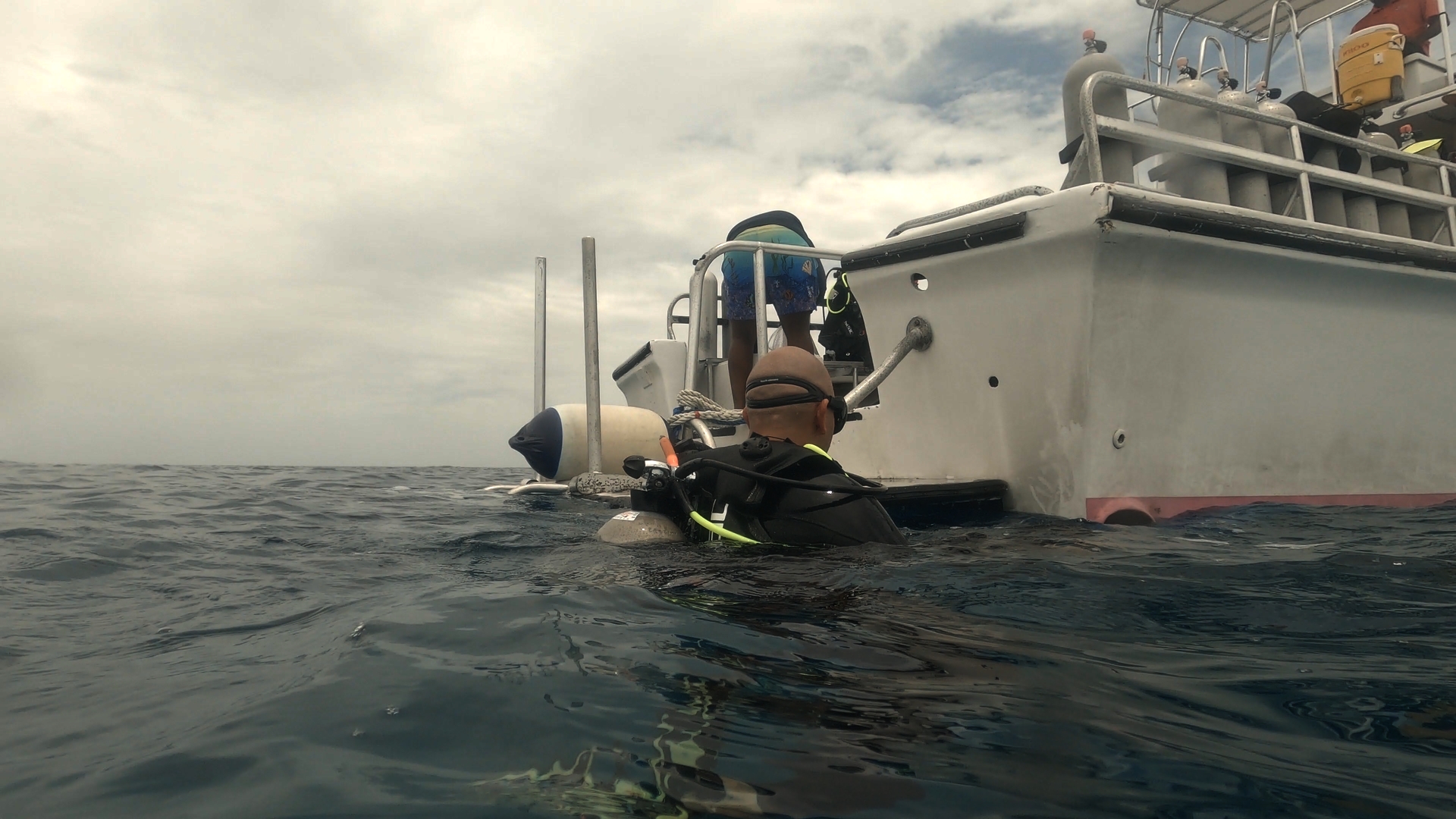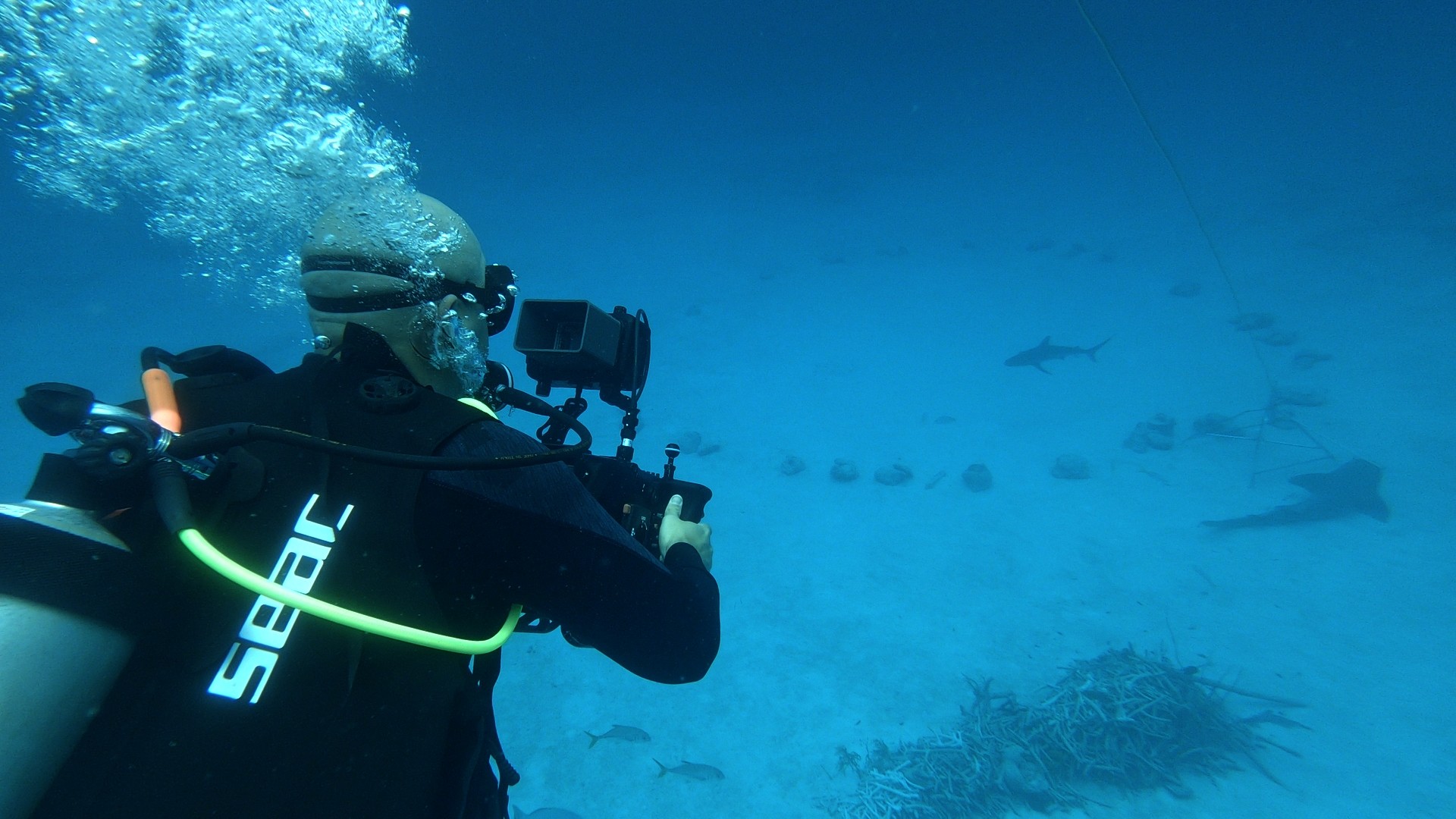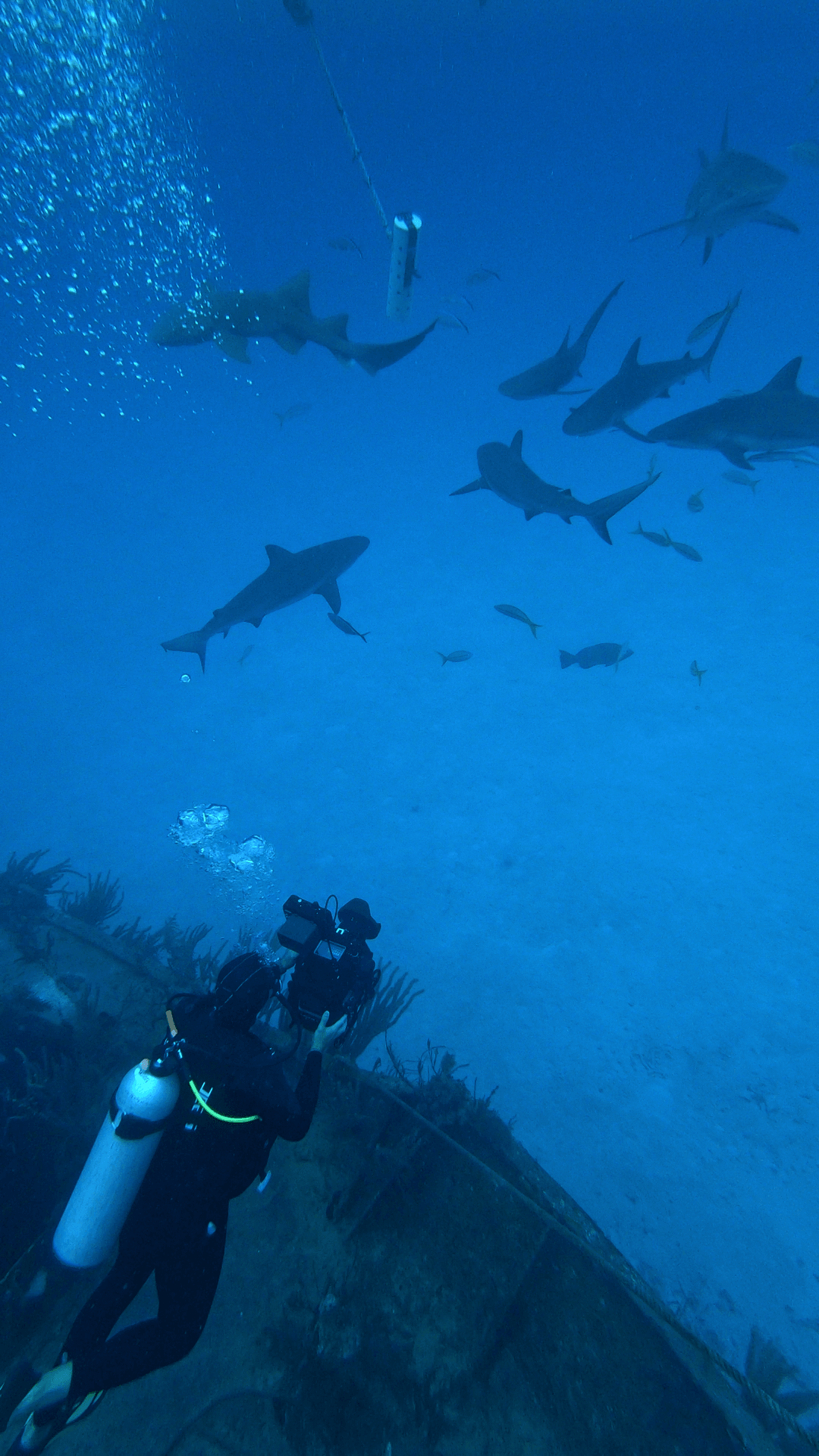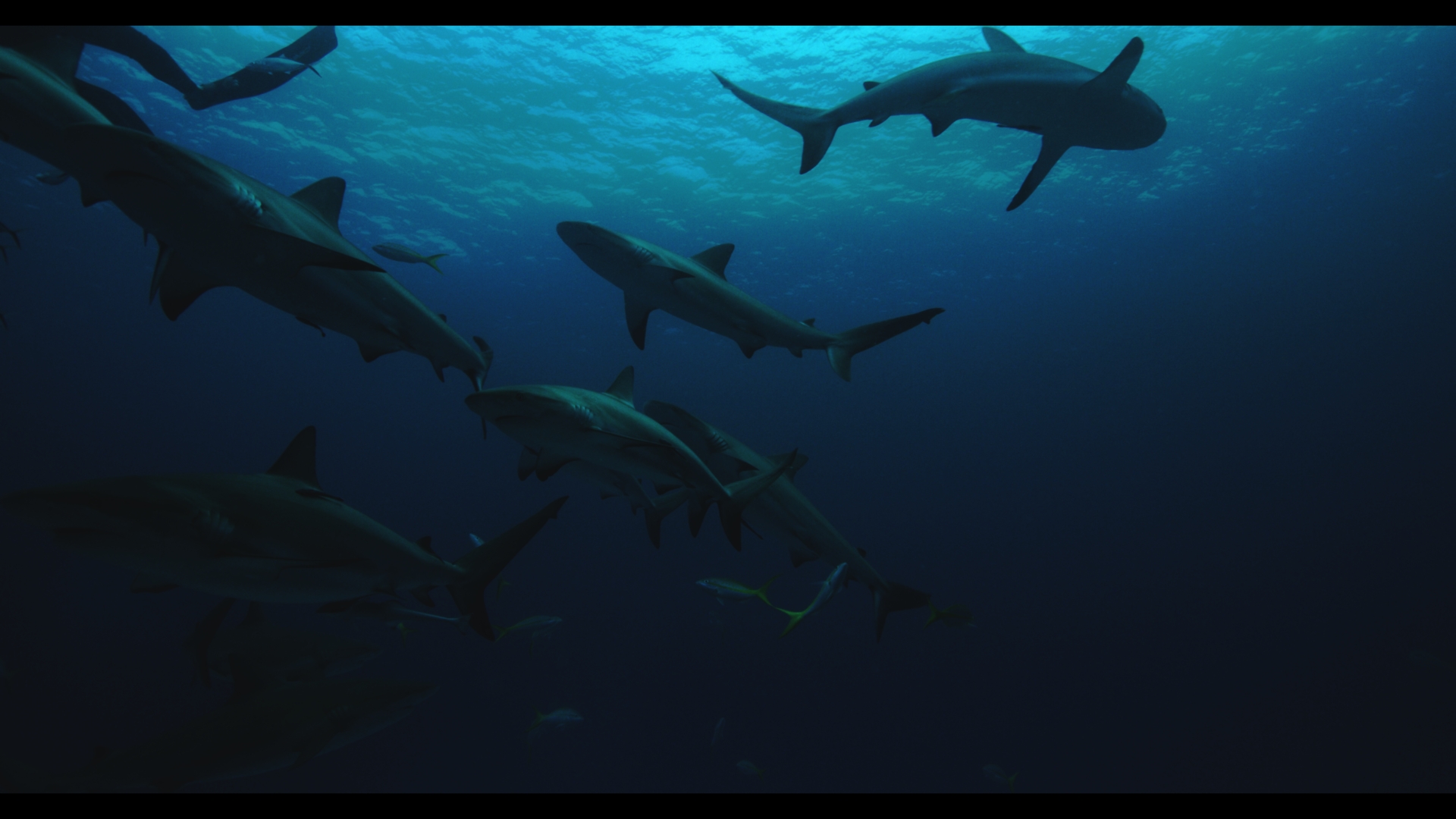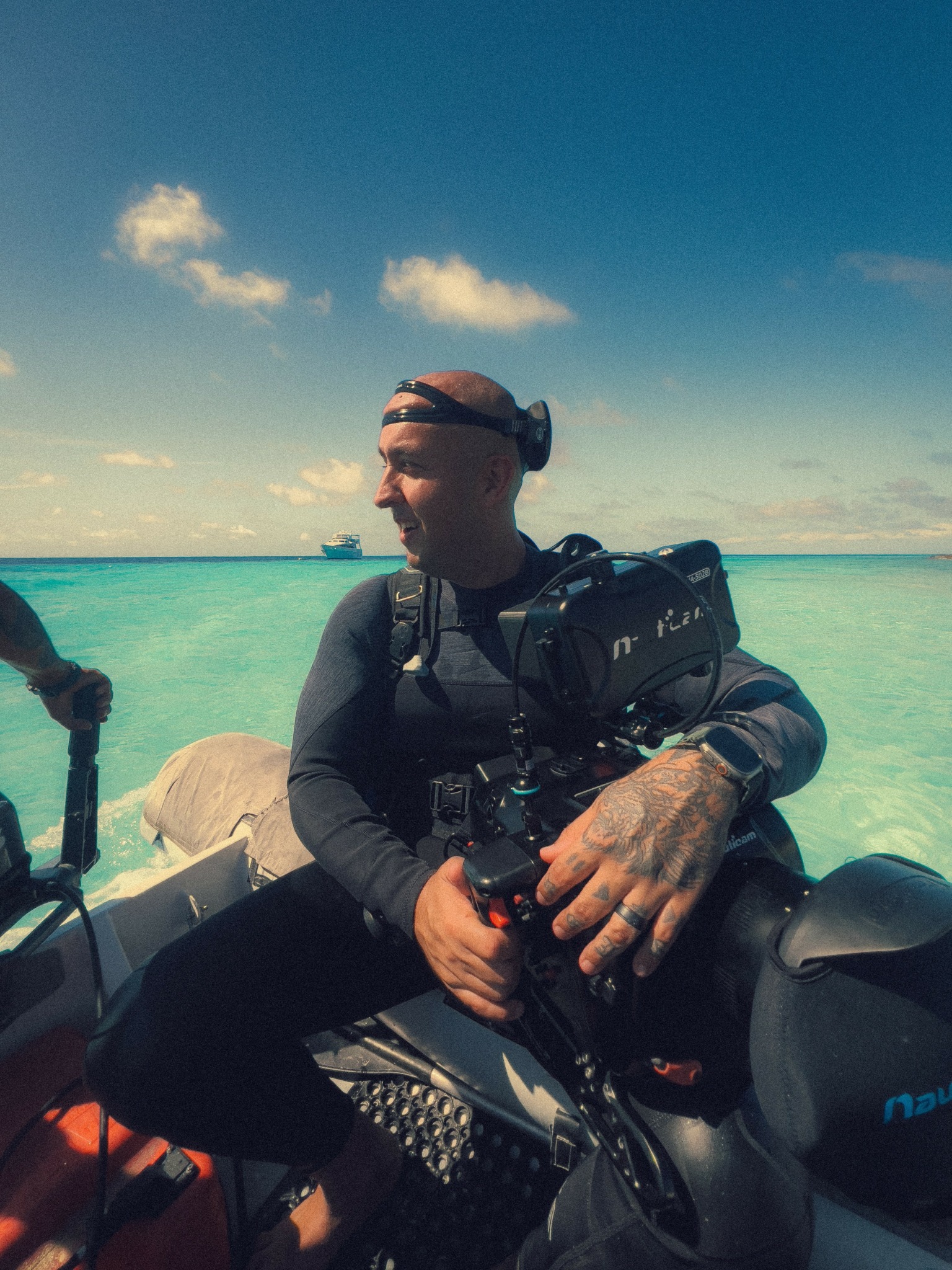We recently connected with Marco Reis and have shared our conversation below.
Marco, thanks for taking the time to share your stories with us today Can you walk us through some of the key steps that allowed you move beyond an idea and actually launch?
I wanted to tell stories that took people to places they’d never seen before. I wasn’t just interested in being behind a camera or a desk.
I wanted to shoot in remote, challenging locations that most wouldn’t even consider. That’s where the spark came from.
The next step was figuring out how to make it real. I spent months researching everything from the right gear to the survival skills needed to thrive in extreme environments. It wasn’t just about being a good filmmaker—it was about being fully prepared for anything. I connected with experts, learned from people who work in these conditions, and invested in the right equipment that would let me be self-sufficient in the field.
One of my first projects was deep in the jungles of Amazon, where I faced crazy challenges like unpredictable weather, wildlife, and moving gear through the jungle. That project solidified what I knew all along—this is what I was built for. After that, word spread, and clients started reaching out. They knew I could not only deliver visually stunning work but do it in places where most people wouldn’t go.
Looking back, the key was relentless preparation and being willing to take on the tough stuff—solving logistical puzzles and adapting to whatever came my way. That’s how I moved from idea to execution, and it’s been the foundation of my business ever since.
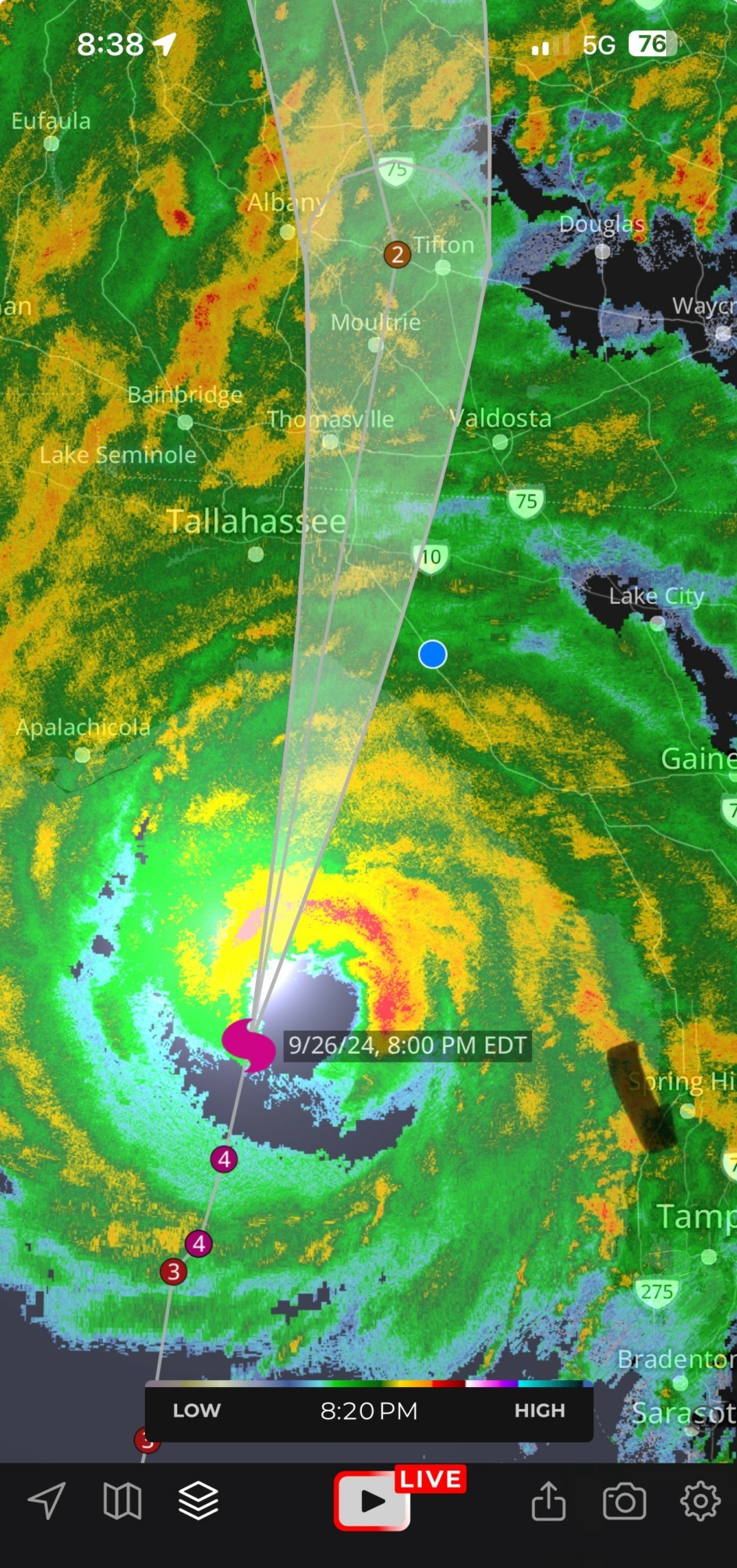
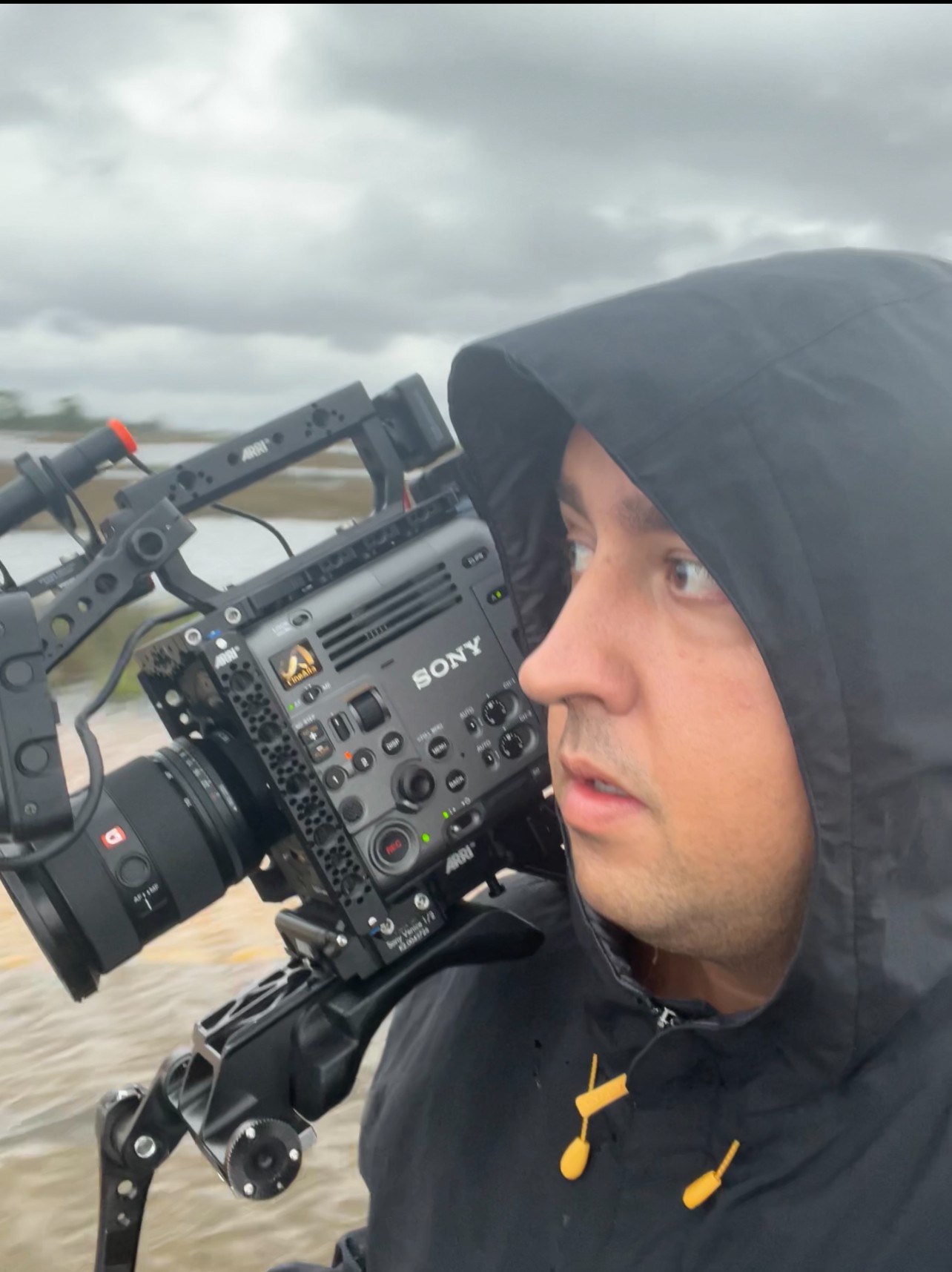
Awesome – so before we get into the rest of our questions, can you briefly introduce yourself to our readers.
At first, I followed the typical path—I went to school for accounting and worked as an accountant for seven years. But eventually, I hit a breaking point. I realized I didn’t want to spend my life behind a desk filing tax reports. After leaving that behind, I took a year off and traveled through Southeast Asia. That time away gave me a whole new perspective on life, and it was then that my mindset shifted. I realized I wanted to tell visual stories that really connect with people.
Interestingly enough, accounting gave me a strong foundation in business, which has been a huge advantage in my filmmaking career. It taught me the importance of being strategic with resources and maximizing every opportunity—skills that are crucial in an industry where managing both creativity and business is essential for success.
As for how I got into filmmaking, I’ve always been a photographer. I got my first film camera at 10 and even learned how to develop my own film. But growing up, no one ever told me I could actually make a living doing this. Pair that with my deep love for adventure and curiosity for places that are hard to reach, and it all came together. I wanted to bring those overlooked locations to life in a way that felt real and immersive. But to do that, I had to go beyond being just a good cinematographer. I had to become skilled in surviving and thriving in extreme environments, so I spent years training, researching, and investing in the gear I needed to make it happen. That’s how I found my true path—combining adventure and storytelling in some of the world’s most challenging places.


Can you open up about a time when you had a really close call with the business?
I wouldn’t call them life-or-death moments, but they were definitely technical and far from comfortable. Most recently, I was hired for a BBC documentary about a storm chaser who specializes in studying weather patterns. I got the call six hours before the project started, packed my gear, and drove 800 miles to spend 76 hours inside the eye of Hurricane Helene, a Category 4 storm making landfall.
I like to think I’m always prepared for whatever the job throws at me, but nothing quite prepares you for standing in 120-mile-per-hour winds for 12 straight hours. It was intense. I was cramped inside a radar vehicle with five scientists, all studying wind patterns and the storm’s behavior. The vehicle never stopped shaking, not for a minute. After the first hour, your body starts to ache, and you realize you’ve got to manage everything—what you’re eating, drinking, and even your biological needs—because there’s no stepping out for a break in a hurricane. On top of that, I had to capture the story, make sure the cinematography was on point, and monitor sound—all in these crazy conditions.
The pay is good, but the challenges are real. At the end of the day, I’m there to do the best job I can, but I also want to come home to my family safely. It’s a fine line between getting the shot and making sure you’re taking care of yourself in these extreme environments.

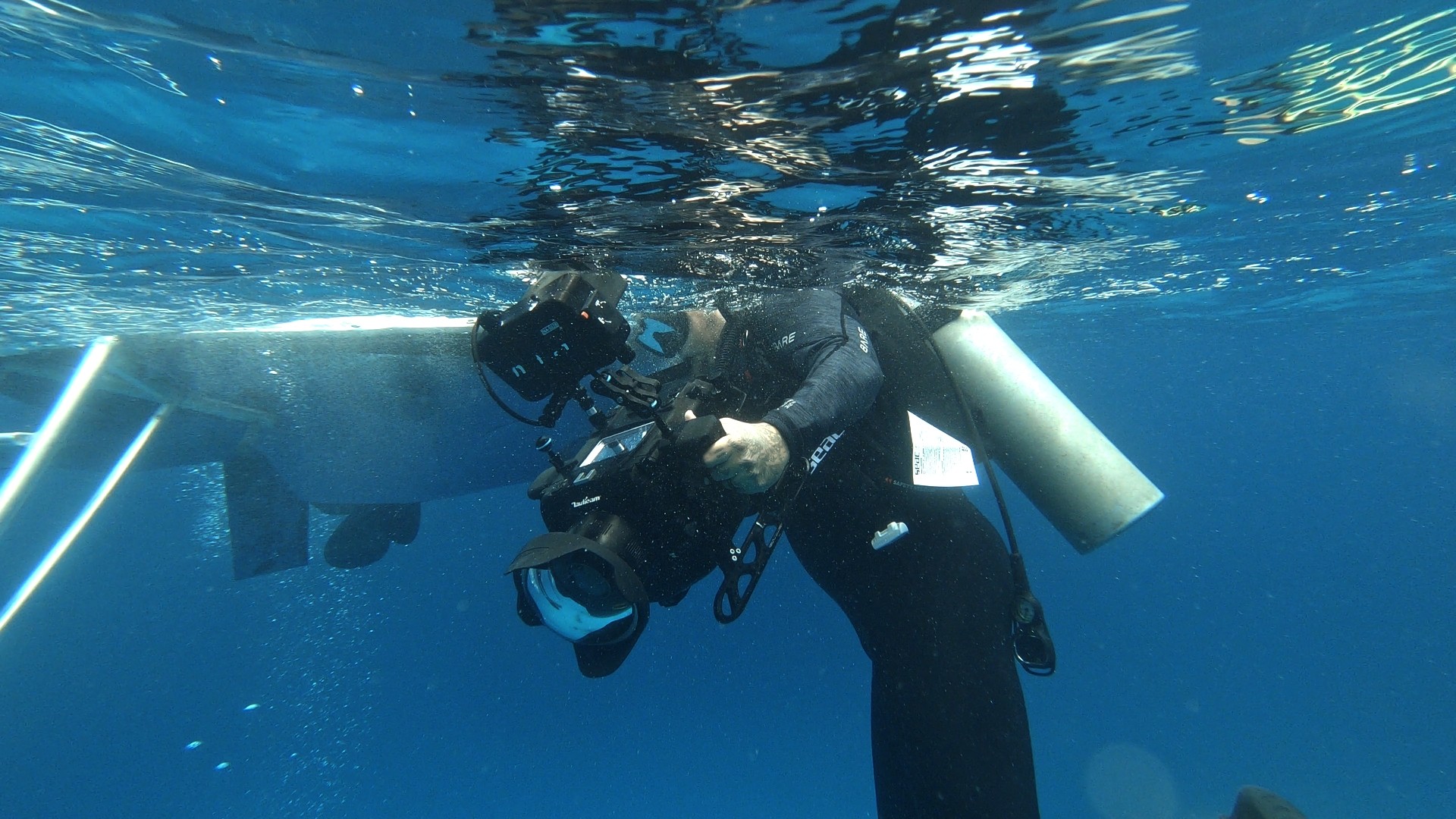
What’s the most rewarding aspect of being a creative in your experience?
For me, the most rewarding part of being a creative is the ability to tell stories that take people to places they’d never experience otherwise. It’s about capturing moments and making them feel real and immersive for the audience. When my work connects with people on that deeper level, that’s what makes it all worth it.
Contact Info:
- Website: https://www.reis.cc
- Instagram: https://www.instagram.com/i.am.reis/
- Linkedin: https://www.linkedin.com/in/mreisjr/
